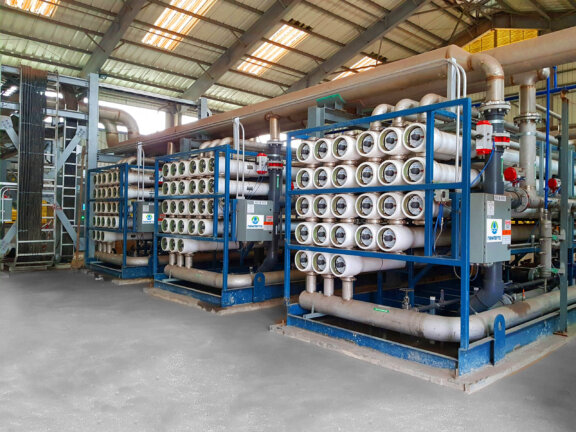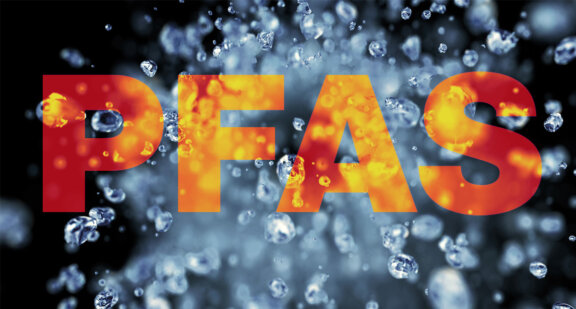News

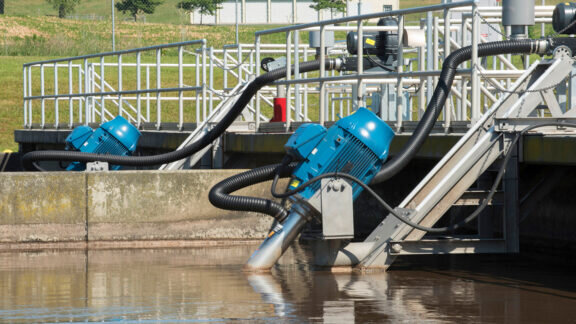
Aeration
Maximizing Efficiency: The Value of Regular Maintenance for Wastewater Aeration Equipment
Written by: Ray Hedelson, Product Development Engineer – Newterra Wastewater treatment plants play a…

Portable Water
Innovations in Island Water Management in the Caribbean
The Caribbean region, known for its stunning beaches and vibrant cultures, faces unique challenges when it comes to…
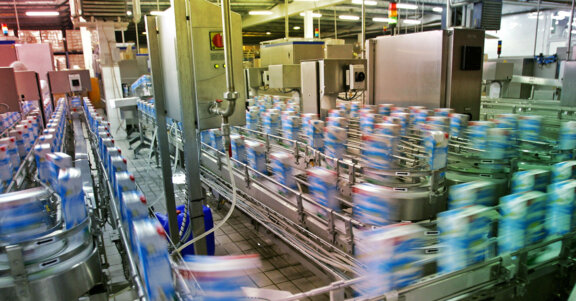
Industrial
The Future of Water Management in the Food and Beverage Industry
Written by: Nathan Smith, SVP, Marketing & Lifecycle Leader – Newterra In a world increasingly…
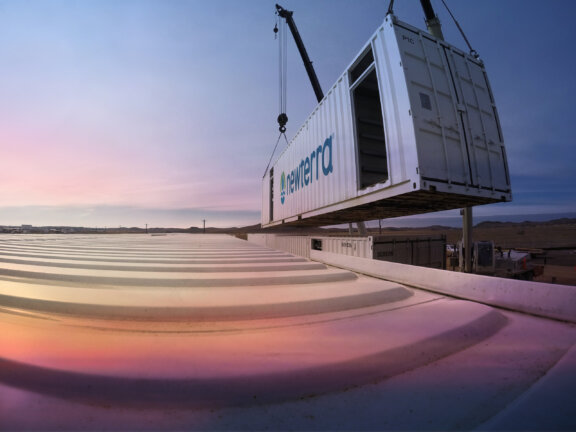
Decentralized Wastewater Treatment
Revitalizing Rural America: The Rise of Decentralized Wastewater Solutions for Sustainable Living
Written by: Nathan Smith, SVP, Marketing & Lifecycle Leader – Newterra In the landscape…
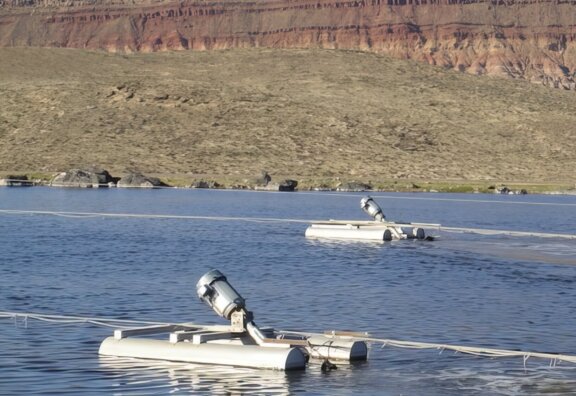
Press Release
Newterra Acquires Aeromix Aeration and Mixing Portfolio From Fluence
CORAOPOLIS, PA. – February 5, 2024 – Newterra Inc. today reported it acquired the aeration and mixing assets from Aeromix…
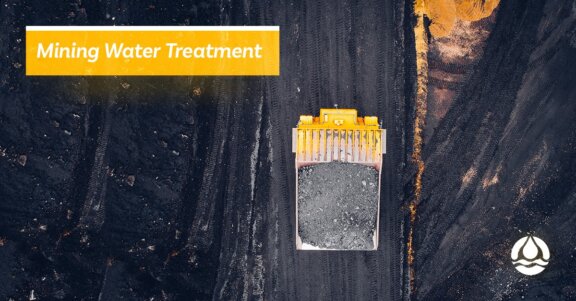
Project News
Newterra Helps Clean-Up One of the Worst Disasters in Ontario History
Kam Kotia was a Copper and Zinc mine located near Timmons, Ontario, Canada and is the site of…

News
Newterra Goes Down Under
Recently, Newterra Regional Sales Manager Jorge Walkup, along with Minnesota Governor Tim Walz, headed to Australia as part…
